July home battery data released by Melbourne-headquartered solar consultancy SunWiz shows Australia is on track to smash 2024 records with the potential for 220,000 installations to be completed in the first 12 months of the federal government’s Cheaper Home Batteries (CHB) subsidy.
Home battery data released by SunWiz shows Australia says the potential trajectory is based on 19,000 registrations in the CHB subsidy’s first 31 days.
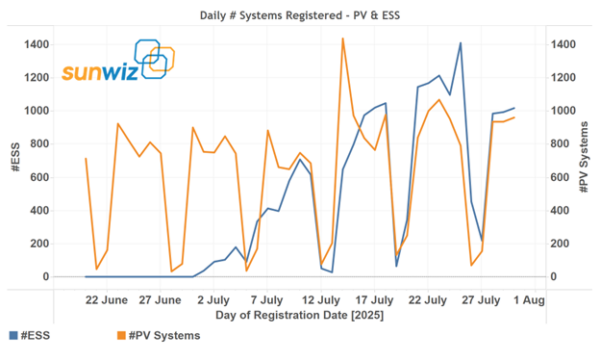
Image: SunWiz
Solar households retrofitting home batteries have led the charge where the second half of July also saw battery registrations outnumber solar on a daily basis.
Across the month, there were 72 batteries installed for every 100 new solar systems, but in the week of 15–21 July, the ratio surged to 137 batteries per 100 solar installs, “reflecting a temporary but powerful flip in market dynamics”, SunWiz noted.
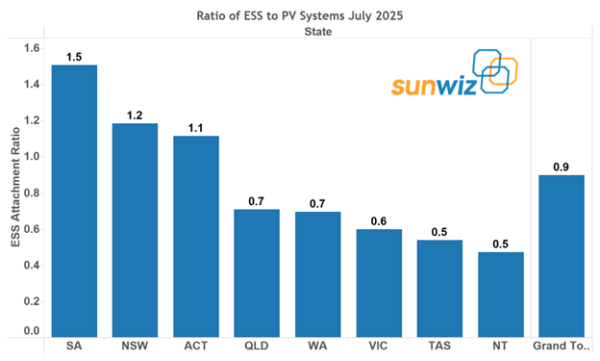
Image: SunWiz
SunWiz Managing Director Warwick Johnston said 19,000 home battery systems registered in the subsidy’s first month puts Australia on track to triple the number of registrations completed in 2024, when 72,500 battery systems were installed.
“The capacity added in July alone represents more than 8% of all home battery storage ever installed in Australia,” Johnston told pv magazine.
“In the week commencing 21 July, Australians installed more battery capacity than in the first two months of 2024 combined.”
The SunWiz data shows South Australia (SA) leads the battery -to-solar ratio of all states and territories, 150:100, and record uptake nationwide is seeing a shift to larger battery sizes, with the average battery sizes jumping from 10-12 kWh in previous years to 17 kWh in July.
This results in 300 MWh of new energy storage capacity being added in a single month, or the equivalent of 10% of the entire existing installed base of home batteries.
Over 115 MWh of battery capacity was registered during the week commencing 21 July, which SunWiz describes as astonishing figure compared to the 852 MWh installed over all of 2024, most of which came in the second half of the year.
“Many households recognise this may be a one-time opportunity to access a significant subsidy, and they’re using it to invest in larger batteries,” Johnston said.
“Thanks to economies of scale, larger systems offer better value per kilowatt-hour, so the subsidy is having a strong multiplier effect.”
The data shows the most commonly installed system sizes in July were 13 kWh, 19 kWh, 9 kWh, and 15 kWh.
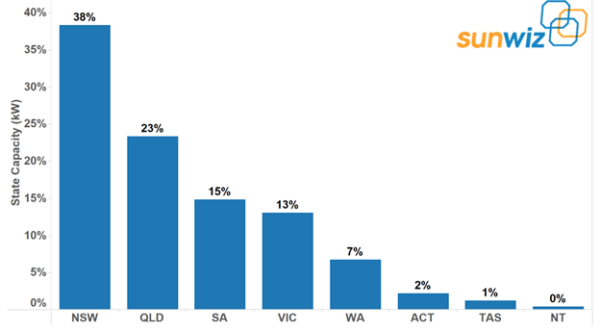
Image: SunWiz
State-by-state
New South Wales led the nation in July battery capacity, accounting for 38% of all registered storage.
Queensland followed with 23%, then South Australia with 15%. Victoria, typically a solar leader, lagged behind at 13%.
South Australia saw the highest storage-to-solar ratio in the country, with 150 battery installations for every 100 new solar systems in July, highlighting the state’s continued leadership in energy resilience and self-sufficiency, SunWiz said.

Image: SunWiz
Registrations peak and stabilise
Registrations peaked at 1,400 in a single day, before stabilising to around 1,000 per day by the end of July, with SunWiz expecting this level to remain steady over the coming months, with further growth dependent on new stock arrivals and expanded installer training.
This content is protected by copyright and may not be reused. If you want to cooperate with us and would like to reuse some of our content, please contact: editors@pv-magazine.com.
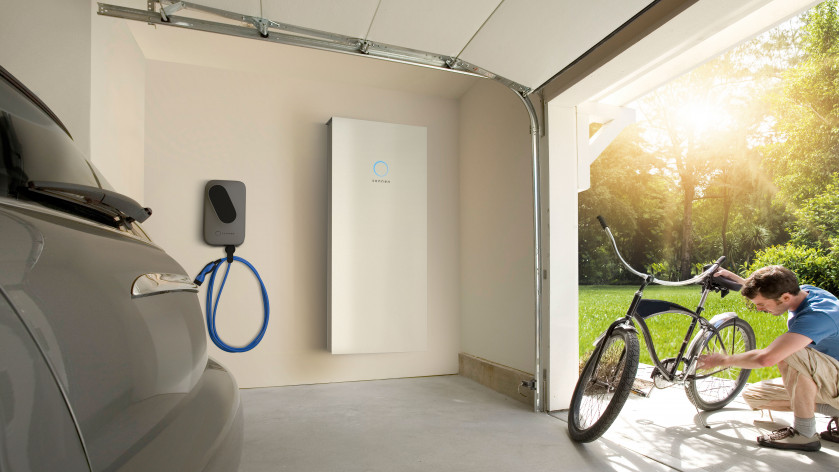
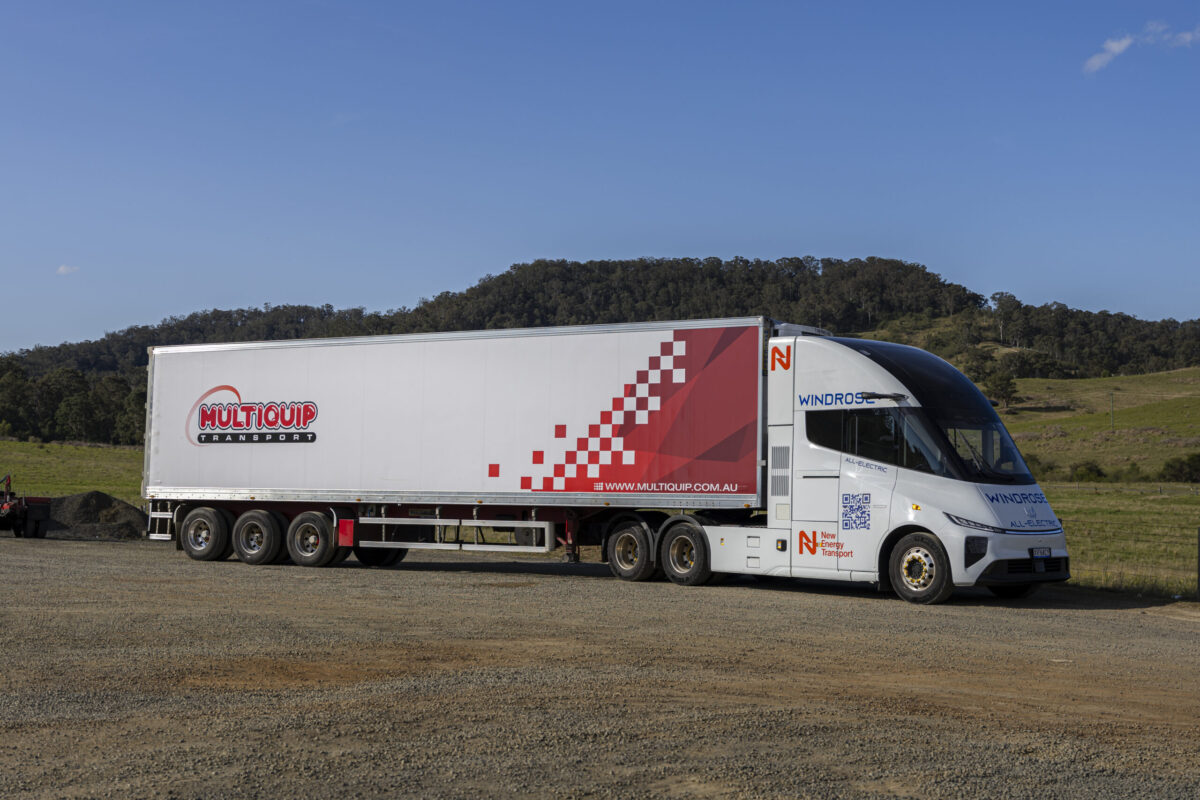


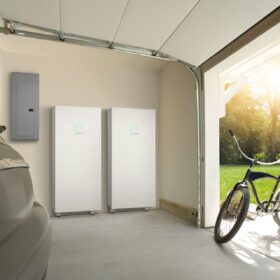
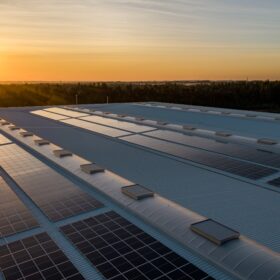
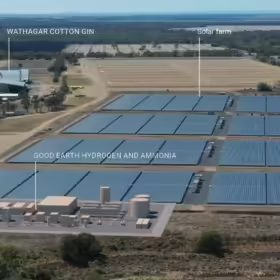
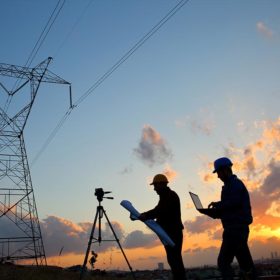
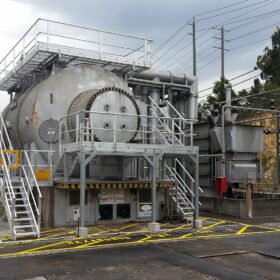
Batteries are just fire hazards and serve no purpose. The Climate Council needs to present current smart cheap sustainable energy solutions like gas and nuclear not Stone age technology like Wind/Solar but reflective of the Neanderthals on your Board who just promote the Renewables scam. We know blackout Bowen is part of your funding process. If you can’t take comments from concerned Australians on LinkedIn then stop your propaganda or we will stop you from using this forum
Certainly an interesting opinion Ross.